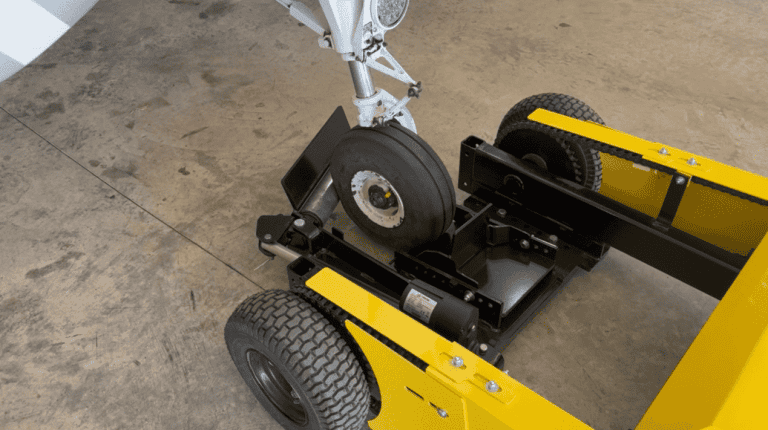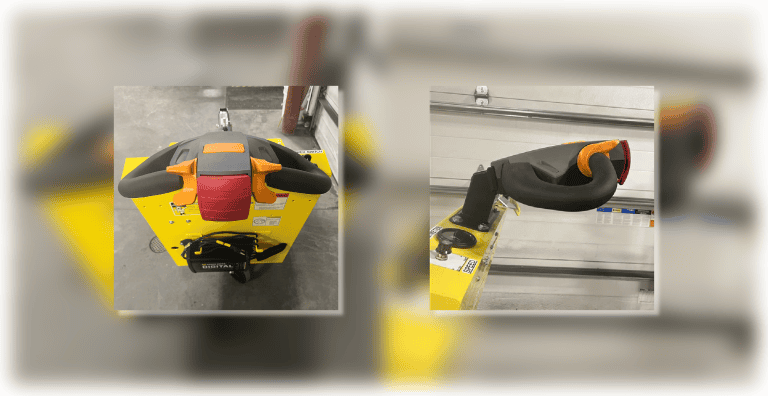Only the common cold results in more lost work days than back strain. Overexertion is responsible for 25% of all workplace injuries, according to the National Safety Council. One worker in every 200 experiences an overexertion injury, indicates data compiled by the National Institute for Occupational Safety and Health (NIOSH). Annually, overexertion injuries cost American business more than 12 million lost workdays and over $1 billion in compensation costs. The majority of overexertion injuries — 60% — result in back strain, particularly in the lower back.
Statistics show that one in five disabling workplace injuries are back injuries and that more than 25% of workers’ compensation claims are for back injuries. Back strain occurs when the back muscles are overused or ligaments and tendons are overstretched. Recovery can be lengthy; and once damaged, the back is particularly susceptible to re-injury.
Back injuries most often occur during lifting, pulling, pushing, carrying, bending or twisting activities. These are the same activities most likely to be carried out by workers on a daily basis. According to OSHA studies, preventive measures that include weight restrictions on loads and personnel safety training have proved inadequate in reducing injuries. However, coupling preventive measures with ergonomically designed equipment can significantly reduce the incidence of back injuries in the workplace.
By studying the actions used to complete a task, ergonomic engineers are able to design equipment that eliminates or minimizes lifting, pulling, pushing, carrying, bending and twisting actions. Ergonomic cart puller equipment that reduces the potential for overexertion or extension reduces the risk of back injury.


